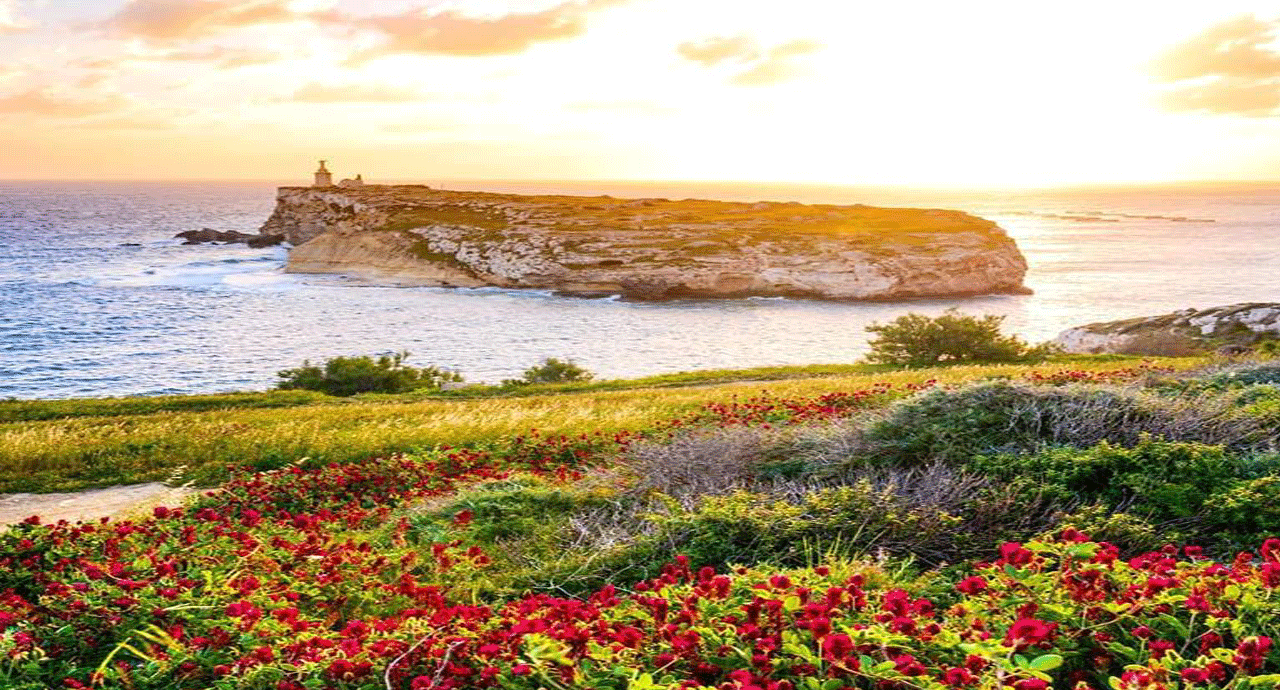Our Latest Blogs
from around the Maltese Islands
Saint Paul's Island
Despite its small size, Malta's history is incredibly rich. The first traces of humanity found on the island date back to around 5000 B.C. However, one of the most important events in the history of Malta was the crash of the ship on which St. Paul from Palestine to Rome.
Various events were to take place during the apostle's brief visit to Malta. It is well known to encounter a poisonous viper that was supposed to bite the apostle right after the shipwrecked had disembarked.
“When Paul gathered a great pile of brushwood and put it on the fire, the snake that had crawled out due to the heat clung to his hand. When the natives saw the reptile hanging by his hand, they said to one another: This man is certainly a murderer, because although he came out of the sea safe, the goddess of vengeance does not allow him to live. He, however, shook the reptile into the fire and suffered no harm. The others expected him to swell or suddenly die. But when they waited a long time and saw that nothing bad had happened to him, they changed their minds and said that he was a god "
(Acts of the Apostles 28: 31-6)
Immediately after this event, Publius (Roman governor of Malta) invited the survivors to his estate, where he hosted them for 3 days. During that visit, St. Paul healed his father who was suffering from a high fever. Then St. Paul was also visited by other suffering whom the apostle healed. All places mentioned by St. Luke in the Acts of the Apostles, you can visit today in Malta. The two small islands where the ship had crashed were called the Islands of St. Paul. On one of them, in 1845, a monument with the image of the apostle was unveiled
The chapel of greeting St. Paul was built in the 17th century in the place indicated as the seat of the administrator of Publius. Archaeological works were carried out next to the chapel, during which the ruins of a Roman villa (Domvs Romana) were found, which indicates that St. Paul healed Father Publius. The main residence of the Roman governor was in the then capital of the island - Mdina. In its place is now the main Catholic church in Malta - the Cathedral of St. Paul. Here, the omnipresent paintings presenting scenes from the life of St. Paul. The statue of St. Publius, who became the first Bishop of Malta and is next to St. Paul and St. Agatha is the patron saint of the island.
Despite the short stay of St. Paul on the island, he had a huge impact on the inhabitants. Houses, streets and churches bear his name. June 29 - Feast of Saints Peter and Paul is a special and lavishly celebrated holiday here. The Maltese people perfectly remember the apostle who brought Christ to them and worship him at every possible opportunity, and the island of St. Pawe? is a unique place that every pilgrim should visit.
The Islands are accessible by boats from Bugibba/Qawra. The crossing depends on the weather and the conditions of the sea.

